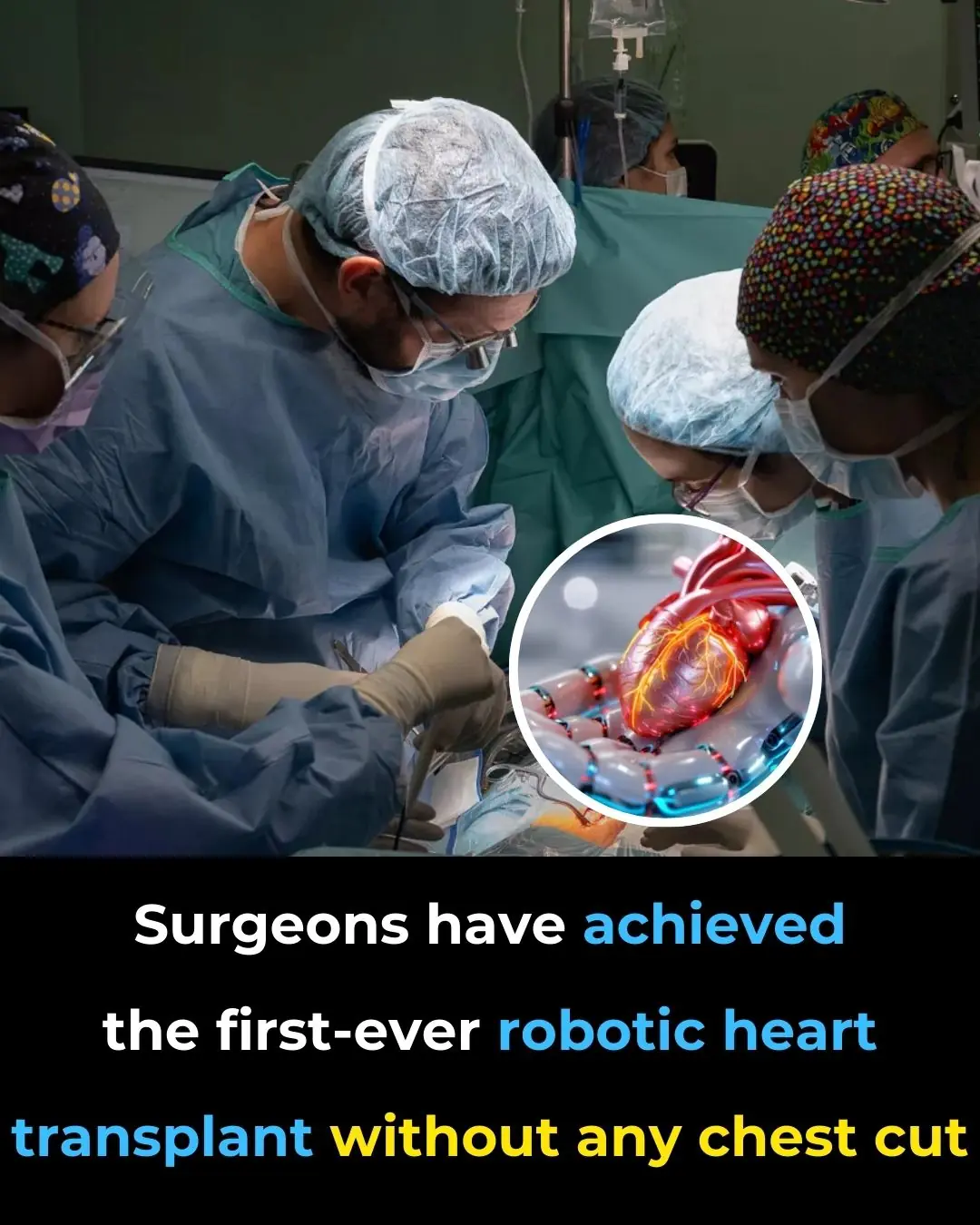New evidence counters the conventional wisdom that limb amputation leads to reorganization of the map the brain uses to track the body’s location. When researchers compared three patients before and after hand amputation, they found the somatosensory cortex remained largely the same.
These findings point to new approaches to the management of phantom limb pain, a debilitating condition with a lifetime prevalence of 76%-87% after amputation.
Rather than relying on common rehabilitation strategies like mirror box therapy, virtual reality, or graded motor imagery, reconnecting severed nerves to muscle or other tissues may reduce the risk for phantom pain. These findings could also inform the redesign of brain-computer interfaces.
“The take-home is that the brain’s body map remains highly preserved after amputation,” lead study author Hunter Schone, PhD, postdoctoral associate in the Rehab Neural Engineering Labs at the University of Pittsburgh, told Medscape Medical News. “Our results show…the sensory map is maintained, with no evidence for reorganization.”
The study was published online on August 21 in Nature Neuroscience.
Long-Standing Theory Upended
The current research also counters a long-standing belief that cortical maps are competitive. Traditional thinking is that when one input disappears, neighboring inputs expand to take over the area changed through amputation.




























